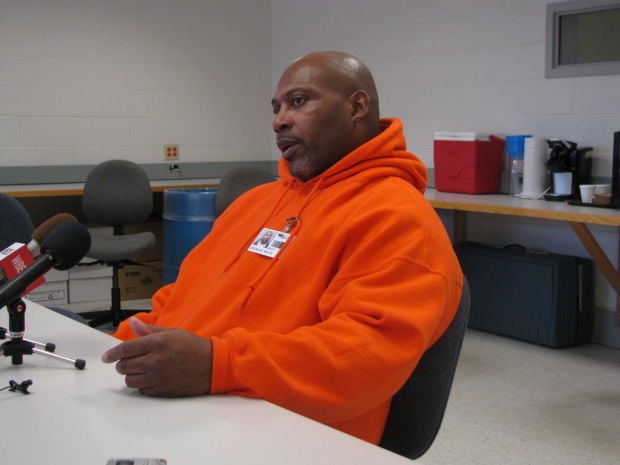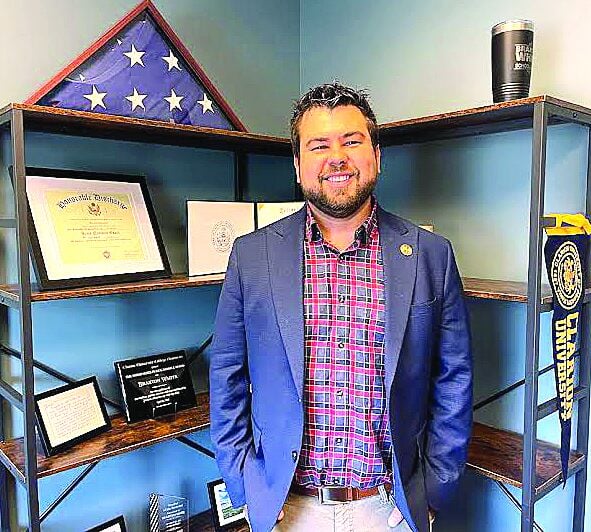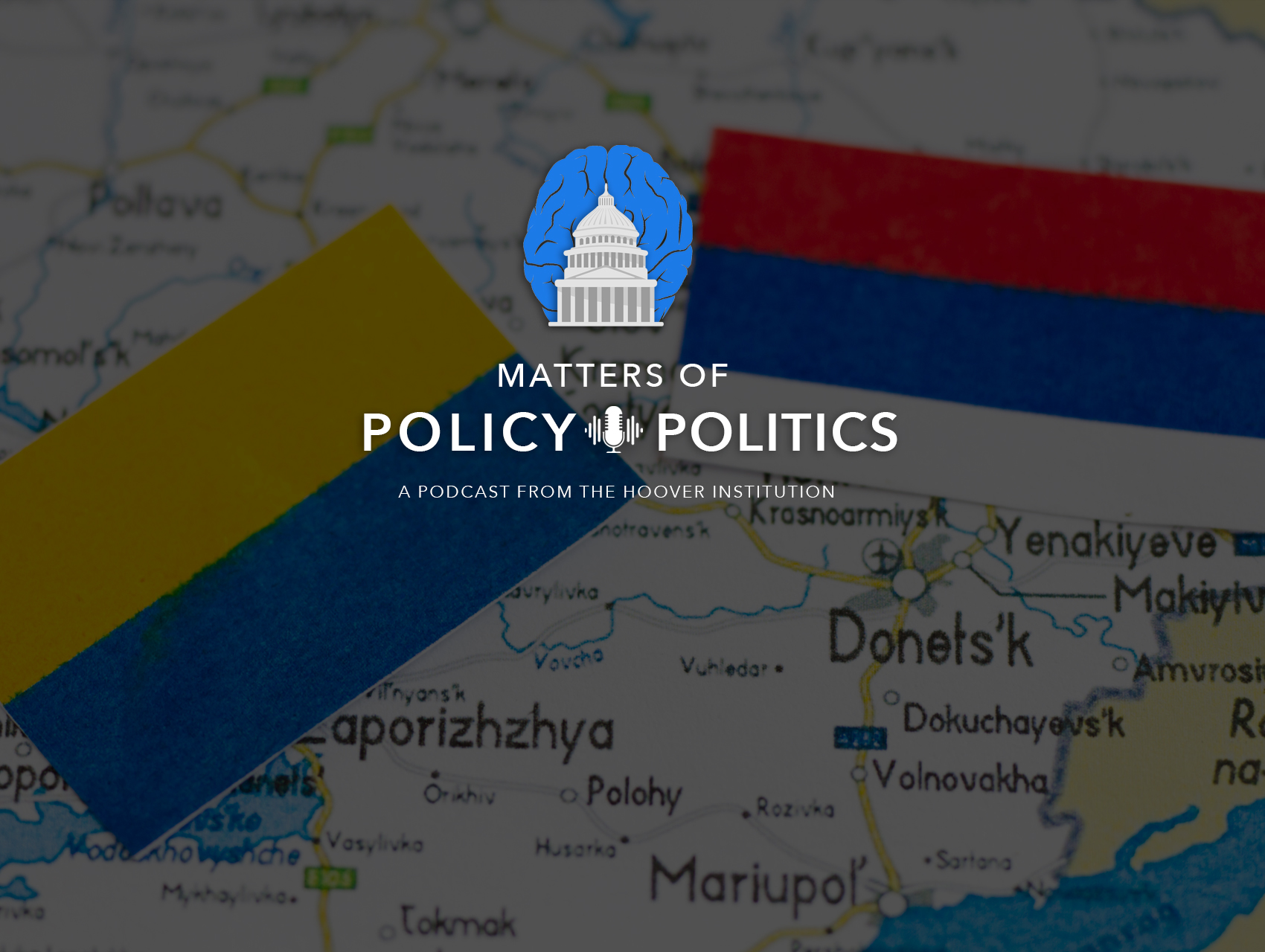Analysis of Proposed Higher Education Legislation and its Conflict with Sustainable Development Goals (SDGs)
A proposed legislative package in Kentucky threatens to fundamentally alter the state’s higher education landscape. The bill’s provisions, which include funding cuts, new taxes on university endowments, and restrictions on financial aid, raise significant concerns regarding its alignment with the United Nations Sustainable Development Goals (SDGs), particularly those focused on education, equality, and strong institutions.
Direct Challenges to SDG 4: Quality Education
The proposed legislation directly contravenes the core principles of SDG 4, which aims to ensure inclusive and equitable quality education and promote lifelong learning opportunities for all.
Undermining Inclusive and Equitable Access (SDG Target 4.3)
The bill introduces several measures that would restrict access to higher education, especially for vulnerable populations. These measures are in direct opposition to SDG Target 4.3, which seeks to ensure equal access to affordable and quality tertiary education.
- Loan Limitations: Proposed caps on loans for graduate students and parents are projected to create significant financial barriers for low-income families seeking advanced degrees.
- Grant Restrictions: Changes to Pell Grant eligibility would disproportionately affect part-time, working, and caregiving students, many of whom belong to marginalized communities.
Devaluation of Essential Professions (SDG Target 4.c)
A key provision links eligibility for federal student aid to the average earnings of a program’s graduates. This policy could have severe consequences for fields essential to public welfare but which are often characterized by modest salaries.
- At-Risk Programs: Fields such as education, social work, and the arts could lose access to federal aid, discouraging students from entering these professions.
- Conflict with Public Good: This approach prioritizes short-term economic output over long-term societal benefit, potentially reducing the supply of qualified professionals in high-need communities and undermining SDG Target 4.c, which calls for an increased supply of qualified teachers.
Exacerbating Inequalities in Contravention of SDG 10: Reduced Inequalities
The legislation is structured in a way that would likely widen societal divisions and increase disparities, directly conflicting with the objectives of SDG 10.
A Framework for Systemic Exclusion (SDG Target 10.2)
The cumulative effect of the bill’s provisions constitutes a framework for exclusion that threatens to reverse decades of progress in educational equity.
- The policy disproportionately impacts students from historically excluded and structurally underserved communities.
- By creating new barriers, the legislation works against SDG Target 10.2, which calls for the empowerment and promotion of the social, economic, and political inclusion of all.
Echoes of Historical Discrimination (SDG Target 10.3)
The report draws parallels between the current political climate and historical backlashes against civil rights advancements, citing the 1968 Kerner Commission report which warned of a nation moving toward “two societies, one Black, one white — separate and unequal.” The current legislation is viewed as a continuation of policies that dismantle equity-focused systems, thereby failing to uphold SDG Target 10.3, which is to ensure equal opportunity and end discriminatory practices.
Broader Implications for Sustainable Development
The impact of the proposed bill extends beyond education and equality, affecting goals related to poverty, economic growth, and institutional integrity.
Impact on SDG 1 (No Poverty) and SDG 8 (Decent Work and Economic Growth)
- By limiting access to higher education, a primary vehicle for economic mobility, the bill risks entrenching poverty cycles, undermining SDG 1.
- The devaluing of essential public service professions in favor of higher-earning fields contradicts the principles of SDG 8, which promotes inclusive and sustainable economic growth and decent work for all.
Threats to SDG 16 (Peace, Justice and Strong Institutions)
- The legislation reportedly threatens to withhold funding and impose audits on institutions that do not conform to a specific political ideology.
- This approach compromises the autonomy and integrity of public universities, weakening the effective, accountable, and inclusive institutions that SDG 16 aims to build. The fight for public education is thus framed as integral to the fight for democratic principles and strong institutions.
Analysis of SDGs, Targets, and Indicators
1. Which SDGs are addressed or connected to the issues highlighted in the article?
SDG 4: Quality Education
- The entire article revolves around higher education in Kentucky. It discusses threats to funding, access, and affordability, which are core components of ensuring quality education for all. The text highlights how a proposed bill “rigs” the boundaries of higher education, deciding “who gets access, who gets aid and who gets left out.”
SDG 10: Reduced Inequalities
- The article strongly emphasizes that the bill is a “blueprint for exclusion” that disproportionately affects “low-income families,” “part-time, working and caregiving students,” and “marginalized groups.” It explicitly references historical patterns of discrimination, citing the Kerner Commission’s warning about a nation moving toward “two societies, one Black, one white — separate and unequal,” and frames the bill as a “backlash” against equity and inclusion.
SDG 1: No Poverty
- The article connects access to education with economic opportunity, stating that students rely on public institutions to “build a better future.” By restricting aid for low-income families and for students in essential but underpaid fields like social work, the bill threatens a key pathway out of poverty. The text also notes the historical failure to fund the Kerner Commission’s plan to “fight poverty and racism.”
SDG 16: Peace, Justice and Strong Institutions
- The article portrays the bill as a political threat to the integrity and mission of public educational institutions. It describes a “campaign to undermine public education and democratic inclusion,” where colleges risk “losing funding, facing audits and being publicly punished” if they fail to “toe the ideological line.” This directly concerns the goal of having effective, accountable, and inclusive institutions.
2. What specific targets under those SDGs can be identified based on the article’s content?
SDG 4: Quality Education
- Target 4.3: By 2030, ensure equal access for all women and men to affordable and quality technical, vocational and tertiary education, including university.
- The article directly addresses this target by describing how the proposed bill would restrict access to higher education. It mentions that “loan caps for graduate students and parents will block low-income families from advanced degrees” and “Pell Grant restrictions will shut out part-time, working and caregiving students,” thereby undermining equal access to affordable and quality tertiary education.
SDG 10: Reduced Inequalities
- Target 10.2: By 2030, empower and promote the social, economic and political inclusion of all, irrespective of age, sex, disability, race, ethnicity, origin, religion or economic or other status.
- The article argues that the bill is “structured for exclusion” and is a direct attack on the inclusion of various groups. It mentions the bill targets “low-income families,” “marginalized groups,” and is part of a backlash that has historically attacked “racial justice, women, immigrants, LGBTQ+ people.” This directly opposes the goal of promoting inclusion.
- Target 10.3: Ensure equal opportunity and reduce inequalities of outcome, including by eliminating discriminatory laws, policies and practices.
- The article frames the “big, beautiful bill” as a discriminatory policy that creates inequality of outcome. It states the bill “enshrines exclusion” and revives “the very systems the Commission sought to dismantle.” By linking financial aid to the average earnings of graduates, it punishes those in service-oriented fields, thus reducing equal opportunity based on career choice.
SDG 1: No Poverty
- Target 1.4: By 2030, ensure that all men and women, in particular the poor and the vulnerable, have equal rights to economic resources, as well as access to basic services…
- The article highlights how the bill restricts access to higher education, which is a critical service for achieving economic security. It specifically mentions that “tens of thousands of Kentucky students who rely on need-based aid” will have their access restricted, directly impacting the ability of the poor and vulnerable to gain economic resources.
SDG 16: Peace, Justice and Strong Institutions
- Target 16.7: Ensure responsive, inclusive, participatory and representative decision-making at all levels.
- The article critiques the bill as a politically motivated action that undermines the autonomy and inclusive mission of public universities. The warning that institutions must “toe the ideological line or pay the price” suggests a move away from responsive and inclusive governance toward politically controlled institutions, which threatens “democratic inclusion.”
3. Are there any indicators mentioned or implied in the article that can be used to measure progress towards the identified targets?
For Target 4.3 (Equal access to tertiary education)
- Implied Indicator: Availability and accessibility of financial aid. The article explicitly mentions “loan caps for graduate students and parents” and “Pell Grant restrictions” as mechanisms that reduce access. Tracking the number and value of these aid packages would be a direct indicator.
- Implied Indicator: Enrollment rates of specific student populations. The article implies that the enrollment of “low-income families,” “part-time, working and caregiving students,” and “marginalized groups” would decrease. Measuring the participation rate of these groups in higher education is a key indicator.
For Target 10.2 & 10.3 (Inclusion and equal opportunity)
- Mentioned Indicator: Existence of laws and policies that promote or hinder inclusion. The “big, beautiful bill” itself is presented as a primary indicator of a policy that promotes exclusion and inequality.
- Implied Indicator: Disaggregation of educational access by program type. The article states the bill links aid eligibility to “the average earnings of graduates from a given program,” penalizing fields like “education, social work or the arts.” An indicator would be the level of federal aid available to students in these lower-earning but essential fields compared to others.
For Target 1.4 (Access to basic services for the poor)
- Implied Indicator: Number of students from low-income backgrounds who can access and complete higher education. The article states the bill restricts access for “tens of thousands of Kentucky students who rely on need-based aid,” making this a quantifiable metric.
For Target 16.7 (Responsive and inclusive institutions)
- Implied Indicator: Level of institutional autonomy and academic freedom. The threat that institutions could be “publicly punished” for failing to align with a “political agenda” implies a loss of autonomy. This could be measured through surveys on perceived censorship or tracking instances of political interference in university governance.
4. Summary Table of SDGs, Targets, and Indicators
| SDGs | Targets | Indicators |
|---|---|---|
| SDG 4: Quality Education | 4.3: Ensure equal access for all to affordable and quality tertiary education. |
|
| SDG 10: Reduced Inequalities |
10.2: Promote the social, economic and political inclusion of all.
10.3: Ensure equal opportunity and reduce inequalities of outcome. |
|
| SDG 1: No Poverty | 1.4: Ensure the poor and vulnerable have equal rights to economic resources and access to basic services. |
|
| SDG 16: Peace, Justice and Strong Institutions | 16.7: Ensure responsive, inclusive, and participatory decision-making. |
|
Source: courier-journal.com







